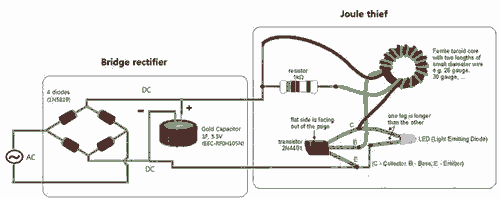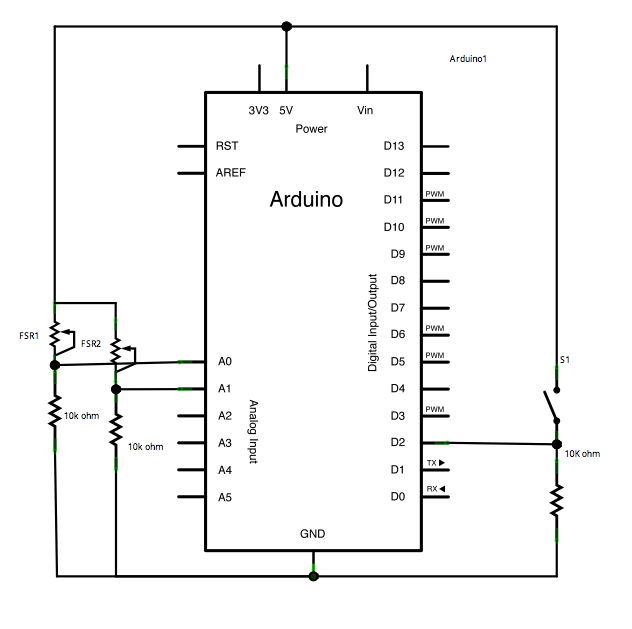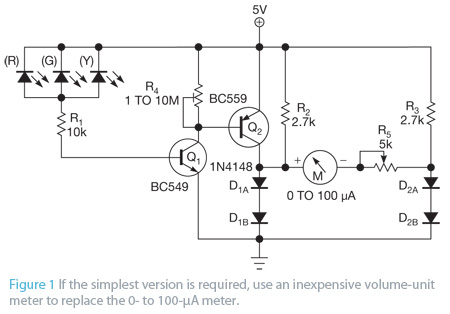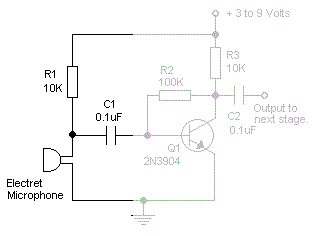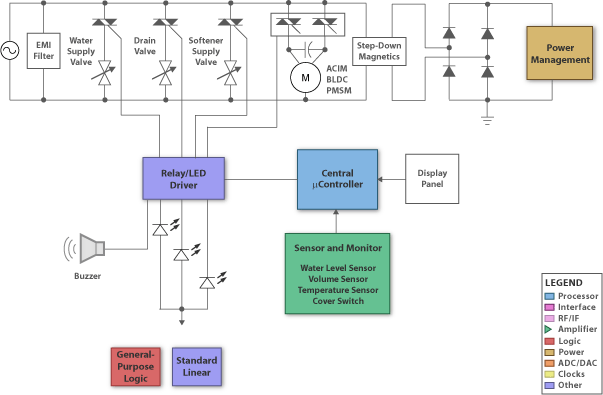
microcontroller Arduino 230v Light bulb dimming
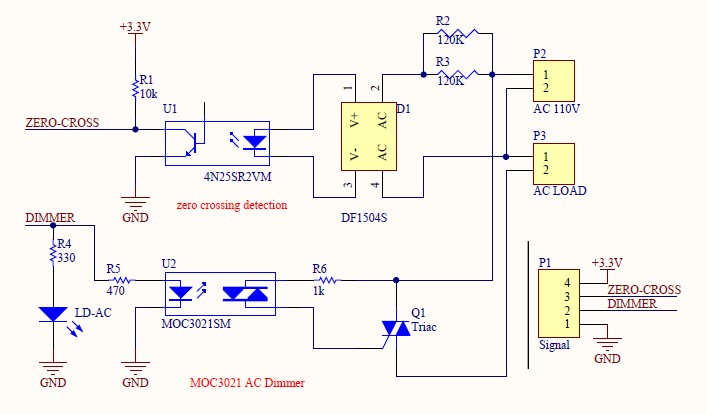
Have you verified whether you can see the zero crossings on your input pin? It may be beneficial to write a sketch that toggles the LED on pin 13 every 50 or 60 zero crossings. This should result in a visible 1Hz blink. Additionally, which input pin was utilized for connecting the zero crossing detector? It is important to note that the interrupt number may not correspond to the input pin number, and the interrupt pin numbers can vary depending on the type of Arduino board in use. Which Arduino model are you using?
To observe zero crossings effectively on an input pin, it is essential to ensure that the setup is configured correctly. A zero crossing detector typically involves a comparator circuit that outputs a high signal when the input AC voltage crosses zero volts. This output can be connected to a digital input pin on the Arduino.
The suggested approach of toggling the LED on pin 13 can be implemented by writing an Arduino sketch that utilizes an interrupt service routine (ISR). The ISR should be triggered on the rising edge of the signal from the zero crossing detector. This will allow for precise timing, ensuring that the LED toggles at a frequency corresponding to the zero crossings detected.
In the sketch, the setup function should configure the pin connected to the zero crossing detector as an input and enable the appropriate interrupt. The loop function can remain empty or perform other tasks, as the LED toggling will be handled by the ISR. The timing of the toggling can be adjusted by counting the number of zero crossings detected, allowing for flexibility in the observed blink rate.
It is crucial to verify the type of Arduino board being used, as different models may have varying interrupt capabilities and pin configurations. This information will help ensure that the correct pins are utilized and that the code is compatible with the specific board's architecture.Did you check if you actually see the zero crossings on your input pin You might want to write a sketch that toggles the pin13 LED every 50 or 60 or zerocrossings. You should see a visible 1Hz blink. jippie Mar 3 `13 at 11:41 Which input pin did you use for attaching the zero crossing detector Notice that interrupt number may not be the same as input pin number and may interrupt pin numbers
may vary across Arduino board type. So which Arduino are you using jippie Mar 3 `13 at 11:44 @jippie i am new to this can you help me with it "Did you check if you actually see the zero crossings on your input pin You might want to write a sketch that toggles the pin13 LED every 50 or 60 or zerocrossings. " Daniel Euchar Mar 3 `13 at 11:49 🔗 External reference
To observe zero crossings effectively on an input pin, it is essential to ensure that the setup is configured correctly. A zero crossing detector typically involves a comparator circuit that outputs a high signal when the input AC voltage crosses zero volts. This output can be connected to a digital input pin on the Arduino.
The suggested approach of toggling the LED on pin 13 can be implemented by writing an Arduino sketch that utilizes an interrupt service routine (ISR). The ISR should be triggered on the rising edge of the signal from the zero crossing detector. This will allow for precise timing, ensuring that the LED toggles at a frequency corresponding to the zero crossings detected.
In the sketch, the setup function should configure the pin connected to the zero crossing detector as an input and enable the appropriate interrupt. The loop function can remain empty or perform other tasks, as the LED toggling will be handled by the ISR. The timing of the toggling can be adjusted by counting the number of zero crossings detected, allowing for flexibility in the observed blink rate.
It is crucial to verify the type of Arduino board being used, as different models may have varying interrupt capabilities and pin configurations. This information will help ensure that the correct pins are utilized and that the code is compatible with the specific board's architecture.Did you check if you actually see the zero crossings on your input pin You might want to write a sketch that toggles the pin13 LED every 50 or 60 or zerocrossings. You should see a visible 1Hz blink. jippie Mar 3 `13 at 11:41 Which input pin did you use for attaching the zero crossing detector Notice that interrupt number may not be the same as input pin number and may interrupt pin numbers
may vary across Arduino board type. So which Arduino are you using jippie Mar 3 `13 at 11:44 @jippie i am new to this can you help me with it "Did you check if you actually see the zero crossings on your input pin You might want to write a sketch that toggles the pin13 LED every 50 or 60 or zerocrossings. " Daniel Euchar Mar 3 `13 at 11:49 🔗 External reference
